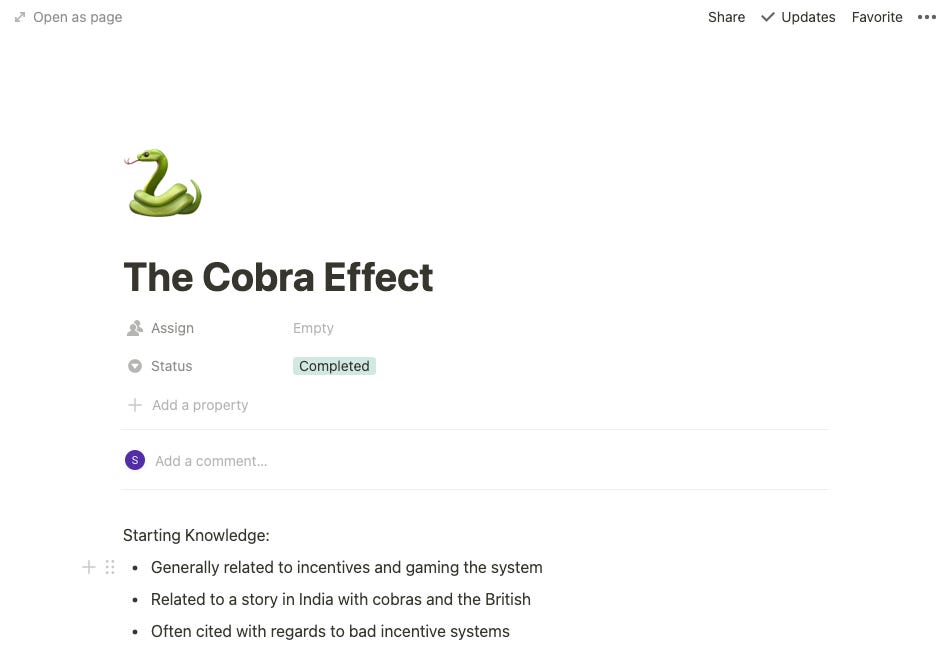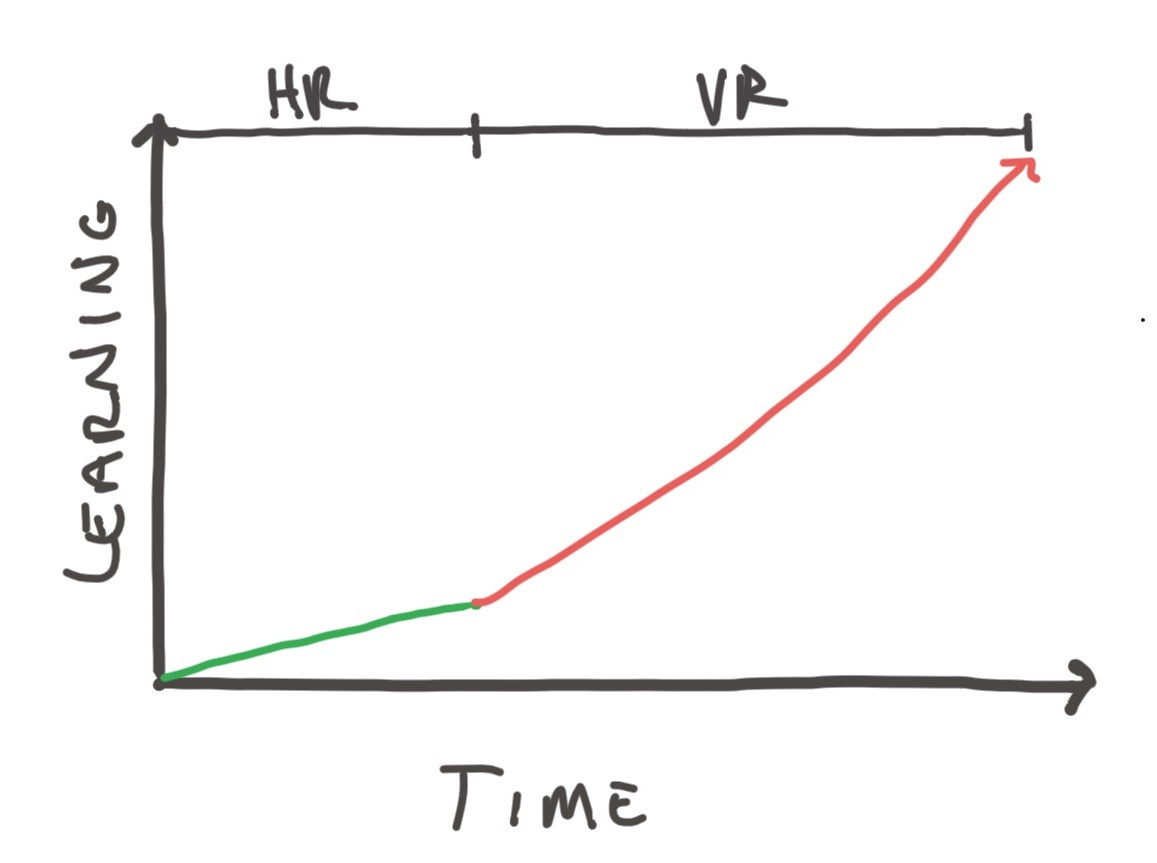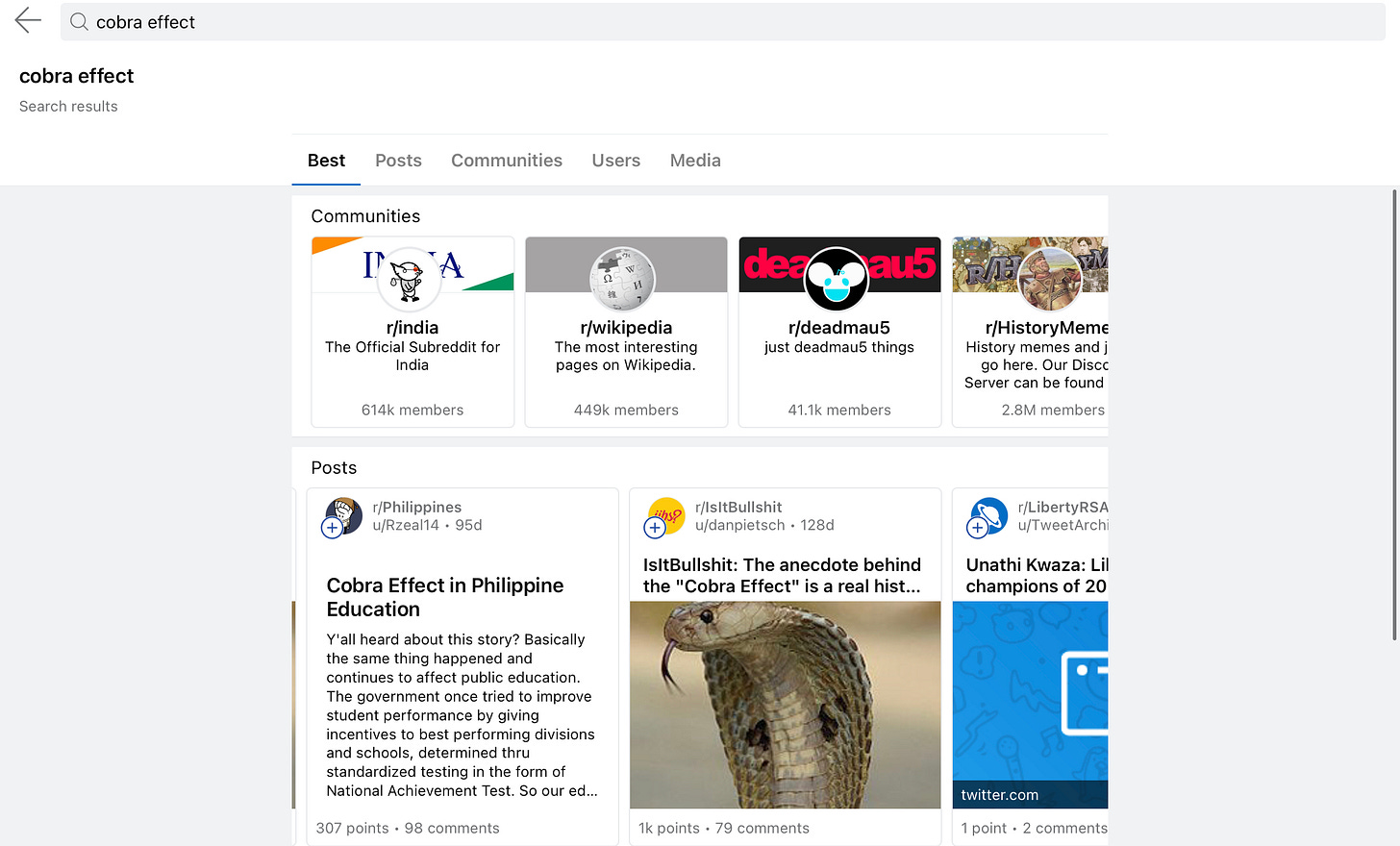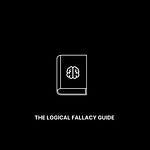Welcome to the 715 new members of the curiosity tribe who have joined us since Friday. Join the 30,964 others who are receiving high-signal, curiosity-inducing content every single week. Share this on Twitter to help grow the tribe!
Today’s newsletter is brought to you by Tegus!
Tegus is the leading platform for primary research—it offers a searchable database of thousands of instantly-available, investor-led interviews with industry experts on a wide range of industries, companies, and topics. It’s fast and cost-effective, enabling you to do great primary research without breaking the bank. I love the Tegus platform and am using it for my investment and general research purposes.
Tegus is offering a free 2-week trial to all Curiosity Chronicle subscribers—sign up below to level up your research game today!
Today at a Glance:
Learning is a skill—but we need a new way to approach learning that is fast, nimble, and tailored for our ever-changing digital reality.
The framework for learning anything: (1) Identify & Establish, (2) Research, (3) Skin in the Game, (4) Engage Community, (5) Teach, and (6) Reflect & Review.
The New Way to Learn
Learning is a skill—arguably the most important skill. But unfortunately, despite its importance to your career and life, it’s not one you’re ever explicitly taught how to approach.
Let’s fix that.
Today, I will share a tactical approach to learning anything.
Introduction
Curiosity and inspiration are not predictable—they strike at random (and often inopportune!) times. But they must be acted on.
Growth is a natural byproduct of acting on curiosity and inspiration.
“Inspiration is perishable. When you have inspiration, act on it right then and there.” - Naval

Ok, so let’s assume you've been bit by the curiosity bug and are ready to act on it. Now what? You’re inspired and motivated to learn, but you don’t even know where to begin.
All your years of school didn't really prepare you for this. The "old way" of researching and learning—reading textbooks cover-to-cover, checking books out of the library, scouring footnotes for primary and secondary sources—is slow, arduous, and a relic of our analog, industrial past. It may work for school (e.g. if you are writing a final thesis or research paper), but it fails spectacularly in the real world.
You need a "new way"—a fast, dynamic, and nimble approach tailored to the new, ever-changing digital reality. I’d like to propose a “new way” for consideration.
This learning framework involves six key steps:
Identify & Establish
Research
Skin in the Game
Engage Community
Teach
Reflect & Review
The general structure is fixed, but its application is intended to be dynamic & iterative.
Let's walk through the steps...
Identify & Establish
The framework begins with a blank page—one that you will progressively fill out as you work through the steps.
Identify the topic and quickly write down everything you know about it. Put the topic at the top of the page and drop in the extent of your current knowledge below it. It’s ok if you know nothing about it. The goal is just to get something down on the page. There are very few things as intimidating as starting from zero, so we can use this quick blast to engage in some mental trickery to get going.
Here’s a simple example of what this start might look like. Nothing fancy (other than my cool snake emoji icon).
I use Notion for my notetaking—I like being able to pull in other links and resources—but anything works (including pen and paper if you are old fashioned).
Paradoxically, starting by writing what you do know is the best way to highlight what you don't know. This first action highlights the gaps in your knowledge and understanding of the topic. The goal here is simply to set the stage—establish the holes before filling them.
Research
This is where the real fun begins—it’s time to learn.
The most effective strategy for research: start horizontal, then go vertical.
Horizontal = Breadth
Vertical = Depth
With apologies for the poor artistry—though I might be able to sell this as an NFT for $2 million—this is a simple graphic of how to think about the time spent in each phase. The bulk of your time and learning will occur in the vertical research phase (red), but the horizontal research phase (green) is critical to foundation-setting.
Allow me to elaborate:
Horiztonal Research
Horizontal research lays the foundation for your learning. When you start horizontal, you gather information across the full breadth of the topic area. This gives you the capacity to "see the entire field”—it draws a surface-level map of the topic.
With horizontal research, it’s perfectly acceptable to keep it simple: Google and Wikipedia (sorry to all of my high school teachers!) are both great tools.
Use your note-taking workspace to document the horizontal information. Take notes on the key pillars of a topic, add screenshots or links where relevant, and mark any particularly interesting areas for a deep-dive.
Note the underlying sources that provided the horizontal information (i.e. look at the Wikipedia footnotes), which will come in handy as guideposts to focus your journey when you go vertical.
Vertical Research
Vertical research is where you dive down the proverbial rabbit hole.
Vertical research was historically much more challenging—it typically required hours of finding and reading long, dense books on a topic. But in the Information Age, we have a diverse array of tools that provide much higher time leverage.
These tools include (but are not limited to):
Reddit
Twitter
Newsletters
Podcasts
Expert Networks
Books (The New Way)
A few ideas and perspectives on how to use each tool:
Reddit is a treasure trove of interesting information. It’s great for finding inspiration and curiosity-inducing content, but it’s equally effective for diving deep on a single topic.
Search your topic, find subreddits and threads, read the commentary, and click through to the links. Comment and ask questions where relevant.
Twitter is an amazing source of information if you use it correctly.
Spend some time searching around to find the authority figures on a given topic. Read what they are writing and commenting on, follow their content trail to any longer-form work they are producing.
@ them or DM them if you are feeling ambitious and want to learn more.
Newsletters
Take advantage of the boom in individual newsletters.
Thought leaders on most every topic are writing one, and most of them are free. You can typically use Twitter to find the newsletters quite efficiently.
Podcasts
Podcasts can be hit-or-miss.
Focus on primary sources—discussions with founders, leaders, or experts—avoid low value podcasts with armchair experts commenting on a topic outside of their circle of competence. Look at the number of reviews or listeners to get a feel for the signal-richness of the content before you commit to it.
Listen on 1.25x or 1.5x speed to get better time leverage—this mostly just shortens the pauses and breaks between sentences or questions and answers.
Expert Networks
Modern expert networks or analyst services are my new favorite learning tool. They have been a cheat code for hedge funds for decades, but have only recently become cost-effective for the masses. You can often test them using free trial periods as a starting point.
I use Tegus, which offers a searchable database of thousands of investor-led interviews with industry experts on a wide range of industries, companies, and topics. It’s fast and cost-effective, enabling you to do great primary research without breaking the bank.
Note: Tegus is offering Curiosity Chronicle subscribers a free 2-week trial of the service. Use this link to sign up and try it today!
Books (The New Way)
Reading books is for utility, not vanity.
The old way of reading—cover-to-cover—is for vanity. People love going to cocktail parties and casually saying, “I read 52 books this year.” This used to be me. Don’t do this.
Instead, use books the new way: Find sections or chapters that grab you and dive in there. When it stops grabbing you, put it down and move on.
The old way is for vanity; the new way is for utility.
With these six tools, you’ll be able to go vertical—quickly and effectively—on any topic.
Skin in the Game
If you want to accelerate your learning curve, put some skin in the game.
Skin in the game raises the stakes of your learning. It is a behavioral trick to build deeper incentives to push through roadblocks and progress.
"Skin" can be literal (as in money) or metaphorical (as in personal public commitment). There isn’t one form of “skin” that is more effective than the others—it’s a personal preference.
Some simple examples:
Want to learn more about a specific company? Buy a few shares of the stock.
Want to write an article on X? Commit to it publicly. I do this all the time to force myself to sit down and write!
Want to learn about Web 3.0? Buy an NFT, post it as your photo, join the Discord community.
This isn’t just theoretical. I recently wanted to go deeper on Web 3.0 and NFTs. I was going down the rabbit hole, trying to understand what all the fuss was about, but needed to put some skin in the game.
Enter Cool Cat #3426—and its proud owner, me. Suddenly, my motivation to really understand what I had just purchased, the technology, and the nature of its value (or lack thereof) was up 100x.
In addition to raising the stakes, skin in the game gets you "in it" from a community perspective. I was able to engage with other Cool Cat owners on Twitter, join the Discord community, and talk to other NFT enthusiasts in my network. You'll never learn as much from the outside looking in. You need to get inside.
Skin in the game is your ticket to join the community. Now that you're in, it's time to engage.
Engage Community
Learning is communal, not individual.
Engage with the community to accelerate learning. As anyone who has ever learned a new language knows—immersion is an incredibly powerful force.
Two pieces of tactical advice:
Talk to authority figures
Call your learning circle
Find a few authorities on the topic (from your vertical research process, you will already know who they are)—DM, email, call, ask questions. People are genuinely willing to engage with others in their earnest pursuit of knowledge.
Call 3-5 friends (your learning circle) and talk about what you are learning. They will ask questions that expose holes in your knowledge and point out opinions that will force you to think more deeply.
Community is the key.
Teach
If you want to learn, teach.
Engage in The Feynman Technique. Use simple language (no jargon or acronyms!) to explain what you've learned to a few people. You will very quickly realize how deep your understanding goes.


A simple check: If you can't explain it to a 5-year-old, you probably don't understand it well enough (yet).
Reflect & Review
The learning process is iterative and fluid.
Reflect on the gaps in your knowledge that were exposed through the process—dive deeper to fill them in. Review your note-taking workspace and zoom out to get a full picture of your new learnings.
Conclusion
To recap, my framework for learning anything is as follows:
Identify & Establish: Write down the topic and everything you know about it.
Research: Start horizontal (breadth) and then go vertical (depth). Use modern tools (Reddit, Twitter, newsletters, podcasts, expert networks, and books (the new way) to go deep.
Skin in the Game: Accelerate your learning curve by putting some skin in the game (literally or metaphorically).
Engage Community: Talk to authorities and discuss with your learning circle.
Teach: If you want to learn, teach. Engage in The Feynman Technique.
Reflect & Review: Zoom out to see the gaps. Iterate to fill them.
I hope you find this framework as productive and helpful as I have. I’d love to see some comments about your experience with it (and any tweaks you would suggest).
Sahil’s Job Board - Featured Opportunities
Practice - Chief of Staff (NEW DROP!)
Maven - GM of Partnerships & Ops (NEW DROP!)
Hatch - Senior PM, Senior Product Marketing Manager (NEW DROP!)
On Deck - Forum Director, CFO Forum, VP Finance (NEW DROP!)
Skio - Founding Engineer
Metafy - Senior Frontend Developer
Olukai - VP of E-Commerce
Commonstock: Community Manager, Social Media Manager, Marketing Designer, Backend Engineer
SuperFarm - VP/Director Account Ops, Scrum Master
Launch House - Community Manager, Community Lead
AbstractOps - Head of Engineering
Free Agency - Chief of Staff
The full board can be found here!
We just placed a Swiss Army Knife, Head of People, Account Exec, and several other roles in the last month. Featured roles are seeing thousands of impressions, website click-throughs, and significant application traction. If you have any questions about posting a role, please email Pallet and reference my job board.
That does it for today’s newsletter. Join the 30,000+ others who are receiving high-signal, curiosity-inducing content every single week! Until next time, stay curious, friends!


















